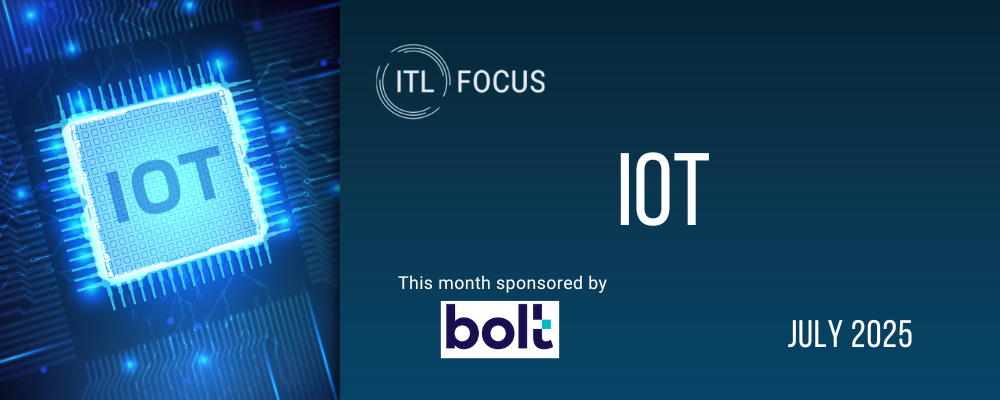I recently had the opportunity to chat with two leading Silicon Valley risk managers about the Internet of Things (IoT). John Schaefer is with Lam Research, a leading supplier of fabrication equipment to the global semiconductor industry. And Leslie Lamb is with Cisco Systems, the world’s largest designer and maker of networking equipment. Lam Research and Cisco are two of the companies making our interconnected planet possible, and Schaefer and Lamb are well-positioned to give us a smart overview of the risks and opportunities IoT presents.
Opportunities
The clear benefits to people and businesses include:
- improved safety
- efficiency
- convenience
- health
See also: Are You Using Your Opportunities?
Risks
The risks are also obvious. Critical business operations are increasingly Internet-driven. Sensitive data that was once protected in a locked file cabinet can now be opened by anyone with computer file access. As we see hacking incidents become commonplace, "Internet security" is a relative term. A world filled with drones, self-driving cars, health devices and robotics is a linked-IoT world. As IoT links devices, it also links growing opportunity and growing risk in ways we cannot ignore.
Addressing Risk Through Dialogue
As insurance professionals grappling with these risk challenges, Schaefer, Lamb and I all use the same word to describe what we see as the most promising way forward: dialogue.
This dialogue involves insurers, insureds and risk advisers. And there is a lot to talk about, including:
- The application of sublimits;
- Policy definitions that are outdated or unclear;
- Exclusions that do not address today’s business model risks; and
- Gaps in coverage for non-physical property damage or business interruption exposures.
This dialogue, happily, is also about insurance solutions and opportunities for new products. Consider the recent ISO endorsements to add drones to general liability policies. Or the social engineering protections being added to crime policies. As the future arrives, insurance can be ready to cover its risks.
See also: Hot to Use Risk Maturity Models
More work remains to be done, of course. In his risk management role, Schaefer sees the need to work with the insurance industry to identify and shape the products that the IoT will demand. He also sees the necessity of facilitating his organization’s response to the risks it faces with IoT growth.
Again, the word "dialogue" came up. Lamb recommends bringing all a company's stakeholders together to explore the impacts of IoT, including IT, risk management, product development, marketing, operations and finance.
Devices are connecting. It will take a connected approach to manage IoT risks.
Fortunately, risk professionals like Schaefer and Lamb are currently working with other industry leaders to help drive optimal coverage changes.






